Kenya stands as one of Africa’s premier tourist destinations, offering an extraordinary blend of wildlife adventures, cultural experiences, pristine beaches, and diverse landscapes that captivate millions of visitors annually. These Facts About Kenya as a Tourist Destination are a testimony of why you should consider visiting Kenya this year. Kenya is one of Africa’s most iconic travel destinations, renowned for its stunning landscapes, incredible wildlife, rich culture and warm hospitality. From the sun-kissed beaches of the Indian Ocean to the dramatic Great Rift Valley and the snow-capped peaks of Mount Kenya, this East African gem offers a wide variety of experiences that cater to every type of traveler. Whether you are an adventure seeker, nature lover, cultural enthusiast or luxury traveler, Kenya has something truly special to offer.
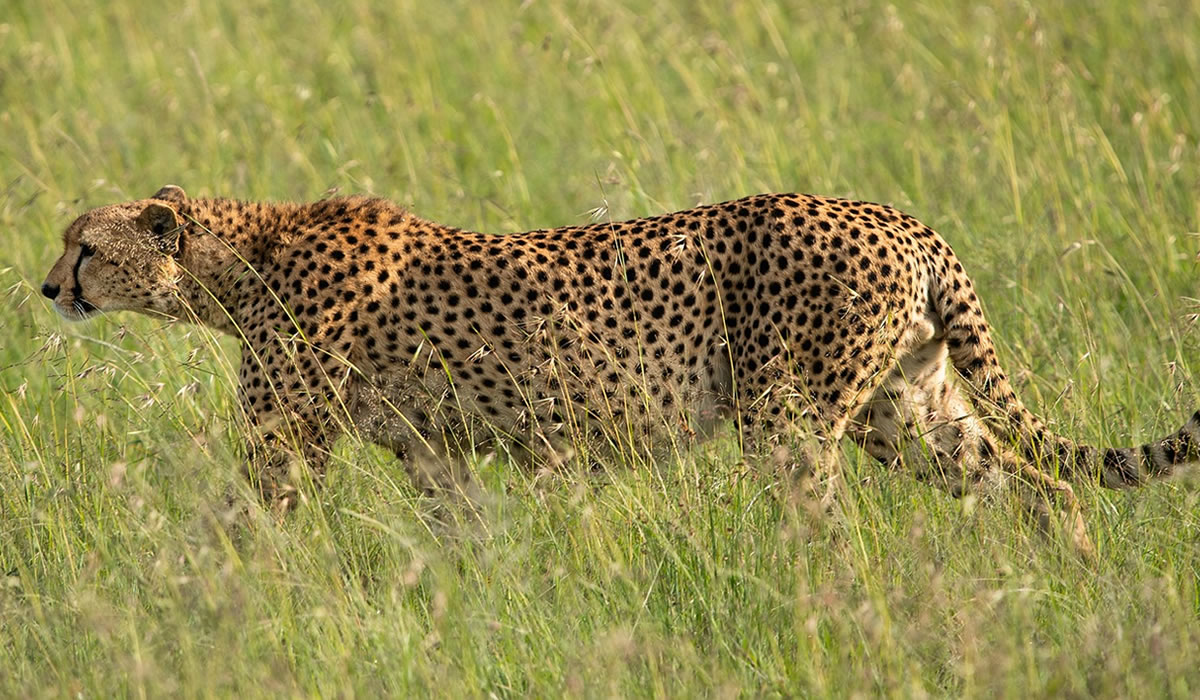
Geography and Location of Kenya
Kenya is located in East Africa and shares borders with Ethiopia to the north, Somalia to the east, Tanzania to the south, Uganda to the west and South Sudan to the northwest. Its eastern boundary is lined by the Indian Ocean, providing breathtaking coastal scenery and marine biodiversity. The country’s location along the equator gives it a tropical climate with regional variations depending on altitude and geography. The capital city, Nairobi, is a modern hub that serves as the gateway to various national parks, wildlife reserves and cultural landmarks. Kenya’s geographic diversity includes savannahs, mountains, lakes, forests and desert landscapes, making it a perfect destination for eco-tourism and outdoor adventures.
Wildlife and Safari Experiences

Vast wildlife species are probably the biggest among the Facts About Kenya as a Tourist Destination. Kenya’s reputation as a safari destination is unparalleled, with the country hosting some of the most spectacular wildlife viewing opportunities on the planet. The Maasai Mara National Reserve, perhaps Kenya’s most famous wildlife destination, serves as the northern extension of Tanzania’s Serengeti ecosystem and witnesses the annual Great Migration between July and October. During this period, over two million wildebeest, zebras, and gazelles cross the Mara River in one of nature’s most dramatic spectacles, attracting wildlife enthusiasts and photographers from around the globe.
The country’s diverse ecosystem supports the famous “Big Five” – lions, leopards, elephants, buffalo, and rhinoceros – alongside hundreds of other species. Amboseli National Park, with its stunning backdrop of Mount Kilimanjaro, offers exceptional elephant viewing opportunities, while Tsavo East and West National Parks, collectively forming one of the world’s largest wildlife sanctuaries, provide vast wilderness experiences. Lake Nakuru National Park is renowned for its flamingo populations and serves as a crucial rhino sanctuary, while Samburu National Reserve in the north showcases unique species like Grevy’s zebras, reticulated giraffes, and Somali ostriches.
Stunning Coastal Beauty and Marine Adventures
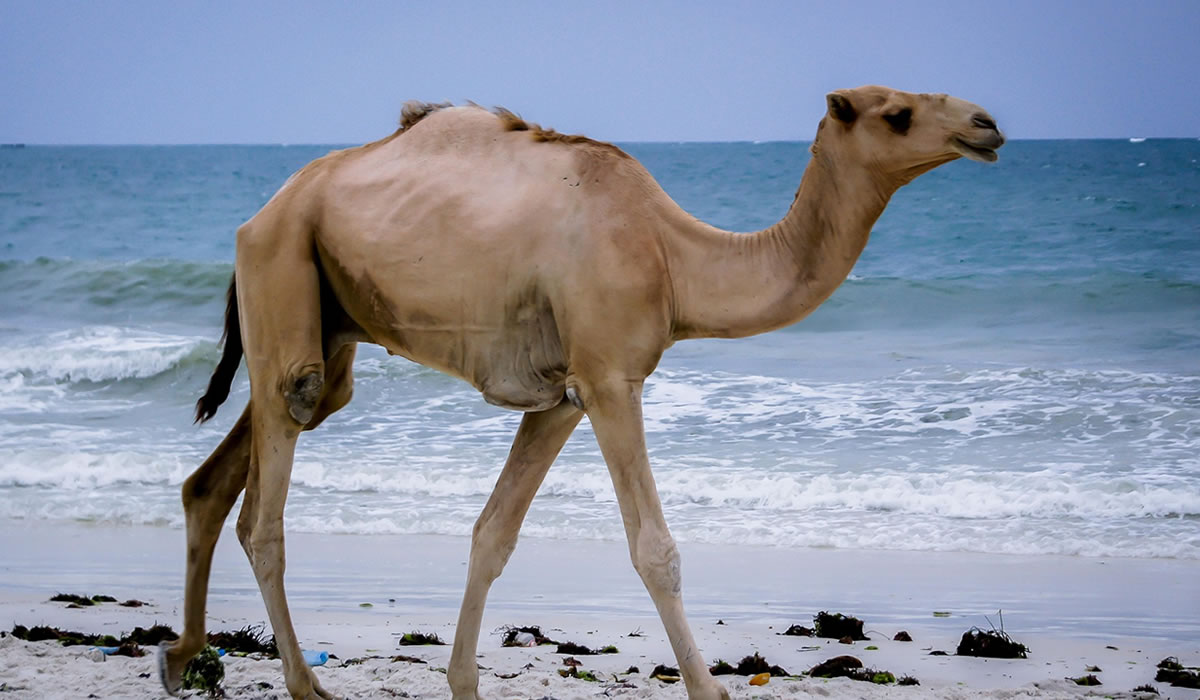
Kenya’s 480-kilometer Indian Ocean coastline presents a tropical paradise featuring pristine white sand beaches, crystal-clear turquoise waters, and vibrant coral reefs. The coastal region, anchored by the historic port city of Mombasa, offers world-class beach resorts and water sports activities. Diani Beach, consistently ranked among the world’s best beaches, stretches for 25 kilometers and provides perfect conditions for swimming, snorkeling, and deep-sea fishing.
The coastal waters teem with marine life, making Kenya an excellent destination for scuba diving and snorkeling enthusiasts. The Malindi and Watamu Marine National Parks protect extensive coral reef systems that harbor over 600 fish species, sea turtles, and dolphins. Water sports enthusiasts can enjoy kitesurfing, windsurfing, and sailing in the consistent trade winds, while fishing expeditions offer opportunities to catch marlin, sailfish, and other game fish in the deep waters beyond the continental shelf.
Rich Cultural Heritage and Local Communities
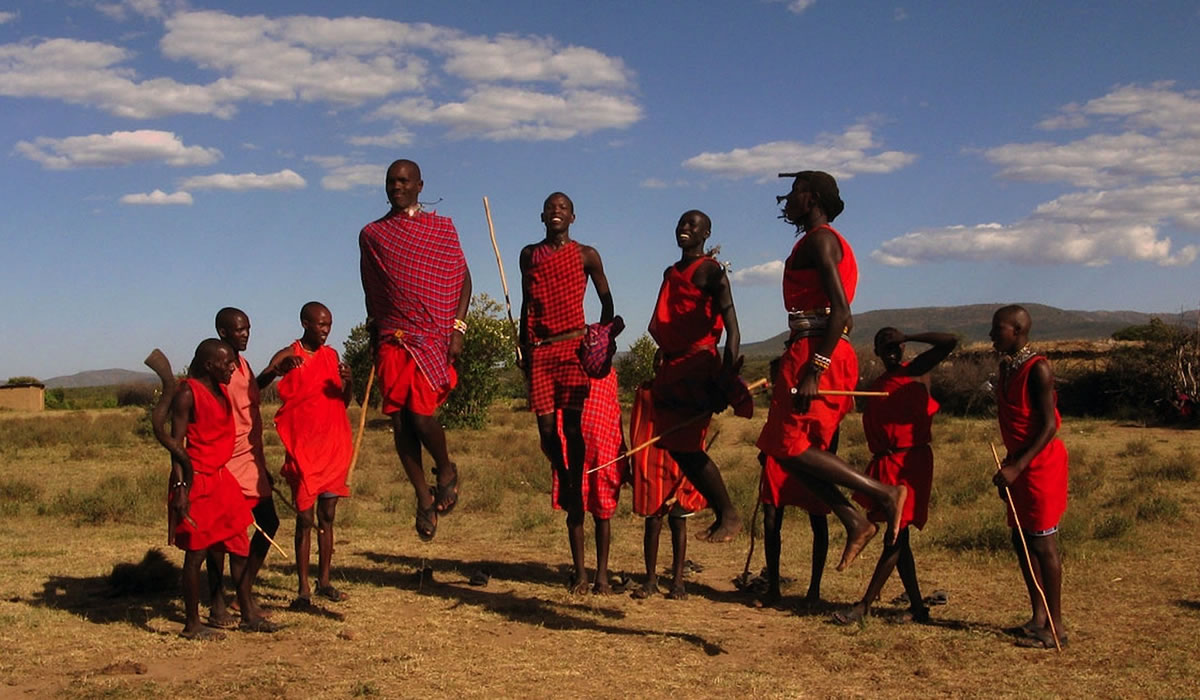
Kenya’s cultural diversity encompasses over 40 distinct ethnic groups, each contributing unique traditions, languages, and customs to the nation’s rich tapestry. The Maasai people, perhaps the most internationally recognized, maintain their traditional pastoral lifestyle and welcome visitors to experience their culture through community visits and cultural performances. These authentic encounters provide insights into traditional medicine, beadwork, jumping dances, and cattle-herding practices. The unique culture is one of the major Facts About Kenya as a Tourist Destination.
The Samburu, Turkana, and other northern communities offer equally fascinating cultural experiences, showcasing different architectural styles, clothing, and social structures. Along the coast, the Swahili culture reflects centuries of Arab, Persian, and Indian influences, evident in the architecture of Lamu Old Town, a UNESCO World Heritage Site. Stone Town’s narrow streets, ancient mosques, and traditional dhow boats offer glimpses into Kenya’s maritime trading history spanning over a millennium.
Diverse Landscapes and Geographical Wonders
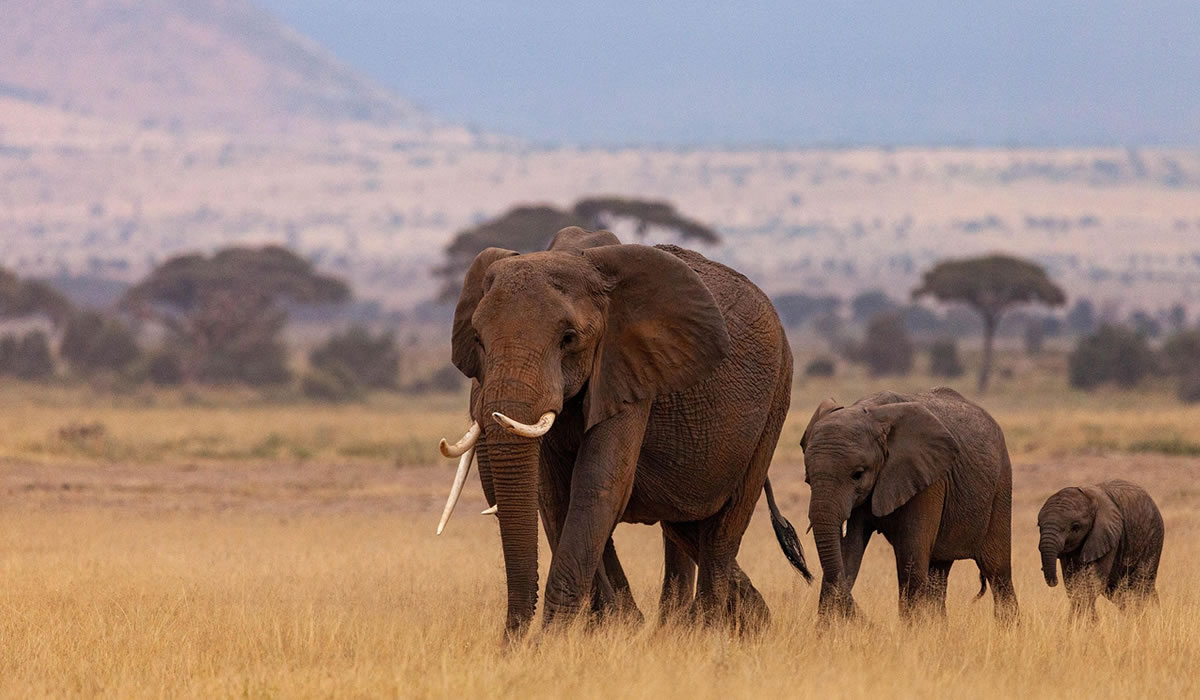
Kenya’s geographical diversity creates dramatically different landscapes within relatively short distances, providing tourists with varied experiences during single visits. The Great Rift Valley, stretching through the country from north to south, creates stunning escarpments, soda lakes, and geothermal features. Lake Naivasha, a freshwater lake surrounded by acacia forests, supports hippo populations and over 400 bird species, while nearby Hell’s Gate National Park allows walking safaris among zebras, giraffes, and buffalo.
Mount Kenya, Africa’s second-highest peak at 5,199 meters, attracts serious mountaineers and casual hikers alike. The mountain’s multiple climate zones support unique alpine vegetation and provide excellent trekking opportunities through bamboo forests, moorlands, and glacial valleys. The Aberdare Mountains offer cool highland retreats with waterfalls, dense forests, and unique wildlife viewing from tree hotels like Treetops Lodge.
Exceptional Birdwatching Opportunities
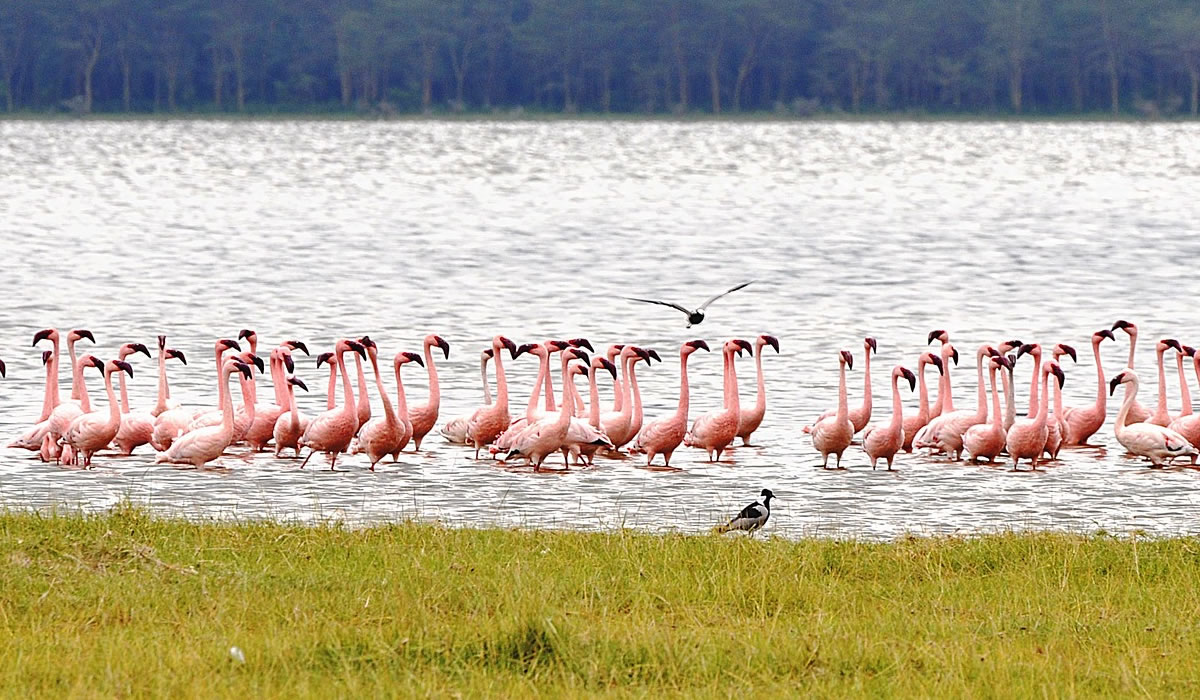
Kenya ranks among the world’s top birdwatching destinations with over 1,100 recorded species – more than the entire European continent. The country’s position along major migration routes means resident species are supplemented by millions of migratory birds during peak seasons. Lake Baringo hosts over 450 bird species, while the Kerio Valley provides excellent raptor viewing opportunities during migration periods.
Kakamega Forest, Kenya’s last remaining tropical rainforest, harbors unique species found nowhere else in the country, including various hornbills, turacos, and forest-dwelling birds. Seasonal variations create different birding experiences throughout the year, with the European winter months bringing migrants that dramatically increase species diversity in most regions.
Adventure Activities and Outdoor Recreation
Beyond traditional safaris, Kenya offers numerous adventure activities catering to thrill-seekers and outdoor enthusiasts. White-water rafting on the Tana River provides adrenaline-pumping experiences through challenging rapids surrounded by pristine wilderness. Rock climbing opportunities exist in Hell’s Gate National Park and various locations around Mount Kenya, while hiking trails throughout the country range from gentle nature walks to challenging multi-day expeditions.
Hot air balloon safaris over the Maasai Mara provide unique perspectives on wildlife and landscapes, particularly spectacular during sunrise flights followed by champagne breakfasts in the wilderness. Camel trekking in northern regions offers authentic desert experiences, while horseback safaris in various conservancies provide alternative ways to observe wildlife.
Tourism Infrastructure and Accessibility
Kenya’s well-developed tourism infrastructure makes it accessible to travelers with varying budgets and preferences. Jomo Kenyatta International Airport in Nairobi serves as the primary international gateway, with direct flights from major global cities. Domestic flights connect major destinations, while improved road networks facilitate overland travel between key tourist areas.
Accommodation options range from luxury safari lodges and beach resorts to budget-friendly hostels and camping sites. Many establishments emphasize sustainable tourism practices and community involvement, allowing visitors to contribute positively to local economies while enjoying authentic experiences.
Climate and Best Times to Visit
Kenya’s equatorial location provides favorable weather conditions year-round, though distinct wet and dry seasons create optimal times for different activities. The dry seasons from June to October and December to March offer excellent wildlife viewing conditions with minimal rainfall and comfortable temperatures. The Great Migration in the Maasai Mara typically occurs between July and October, making this period particularly popular despite higher accommodation rates.
The coastal region maintains warm temperatures throughout the year, with trade winds providing cooling breezes. Highland areas experience cooler temperatures and may require warm clothing during early mornings and evenings, regardless of season.
Kenya’s combination of world-class wildlife experiences, stunning natural beauty, rich cultural heritage, and excellent tourism infrastructure positions it as an ideal destination for travelers seeking comprehensive African adventures. Whether pursuing wildlife photography, cultural immersion, beach relaxation, or adventure activities, Kenya delivers unforgettable experiences that create lasting memories and often inspire return visits to explore different regions and seasons. Contact us to know more about Facts About Kenya as a Tourist Destination.

